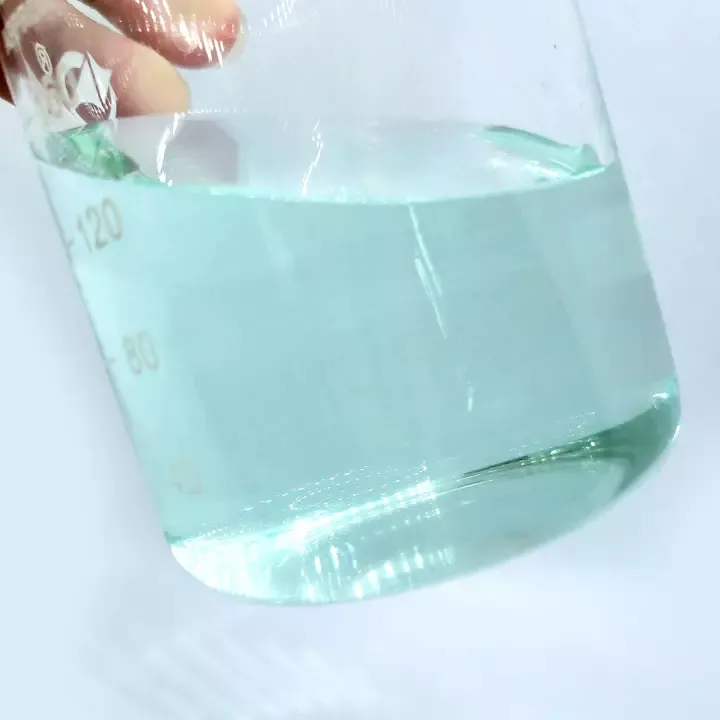In the routine maintenance of swimming pools, the use of algaecides is a crucial means to keep the water clean and prevent the growth of algae. However, the correct use of algaecides involves several important considerations. Improper use can lead to water quality issues and even damage the pool equipment. This article will explore key issues to be aware of when using algaecides, helping you effectively maintain your pool while ensuring the safety and cleanliness of the water.
Is It Possible to Simultaneously Use Shock Treatment and Algaecide in Pools

While using shock treatment (usually a large dose of chlorine) and algaecide can effectively remove algae, these two chemicals should not be added to the pool simultaneously. This is because mixing chlorine and algaecide together weakens both, rendering them ineffective. Therefore, you should first shock the pool and then wait for the chlorine levels to drop below 5 PPM before adding the algaecide to achieve the best results.
In short, the correct process should involve first performing a shock treatment with a high amount of chlorine to clean the water and kill the algae, then waiting for the chlorine levels to drop. Only after the chlorine levels have decreased to a safe level should you add the algaecide to thoroughly eliminate algae in the pool. This approach ensures the effectiveness of both chemicals while maintaining the safety and cleanliness of the pool water.
How to Run the Pool Pump and Filtration System Correctly When Adding Algaecide
When treating a pool with algaecide, it is very important to run the pool pump and filtration system correctly. To achieve the quickest cleaning effect, it is recommended to run the sand filter 24 hours a day and perform backwashing at least once daily. As green or cloudy pool water can quickly clog the filter, you may need to backwash the filter twice or even more times a day until the pool water is completely clear.
When backwashing, it is advisable to run each cycle for 60 to 90 seconds. The more frequently you run the pool pump, and the more you backwash the filter, the faster the pool will be cleaned. For pools using diatomaceous earth (D.E.) filters, it is necessary to add new D.E. powder to the skimmer closest to the filter after each backwash. Although D.E. filters require more work than sand filters, they are about 50% more efficient in clearing green water.
For pools with cartridge filters, the filter may need to be cleaned several times a day, especially in poor water conditions. If the cartridge filter becomes clogged, the system may shut down, so it is essential to keep the cartridges clean and have spare cartridges ready for replacement.
Ensuring the normal operation of the pool pump and filtration system while adding algaecide is key. Increasing the number of filter backwashes and maintaining the cleanliness of the filtration system can effectively speed up the process of removing algae and impurities from the pool, thus maintaining the clarity and hygiene of the pool water.
In conclusion, the rational and effective use of algaecides is crucial for maintaining the quality of pool water. Understanding the correct methods of use, the right dosage, and how to balance the chemical components of the pool is key to ensuring the safety and cleanliness of the pool water. Remember, regularly checking the pool water quality and adjusting the use of algaecides as needed can avoid many common problems.
 Instant
Quote
Instant
Quote Email
Us
Email
Us